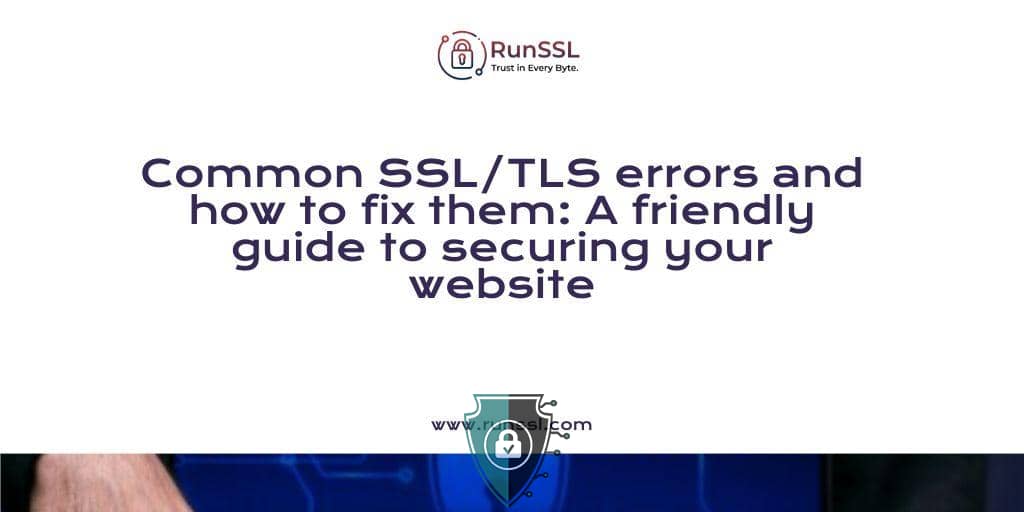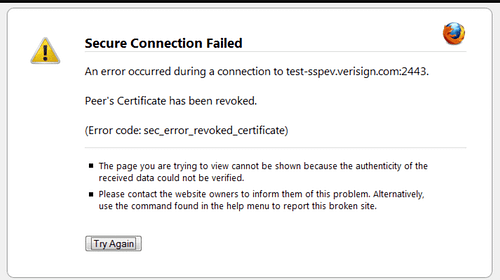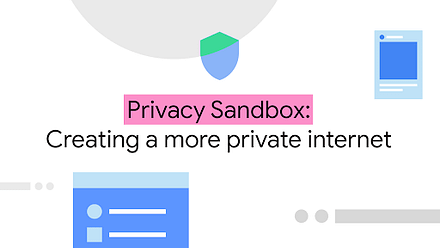In today’s digital world, where trust and security are paramount, having a secure connection for your website is non-negotiable. This is where SSL/TLS certificates come in, playing a vital role in encrypting data and safeguarding your online presence. However, even with the best intentions, unexpected errors can arise, causing frustration and hindering your website’s functionality. Don’t worry! This guide will be your friendly companion in troubleshooting and fixing those pesky SSL/TLS errors, ensuring your website shines with a secure glow.
Let’s first understand what SSL/TLS errors are:
These errors are essentially roadblocks encountered during the handshake process between your website and a visitor’s browser. They typically manifest as warning messages or a complete lack of connection, causing confusion and hindering user experience.
Common SSL/TLS Errors:
- SSL/TLS Handshake Failure:
- Cause: Mismatched protocols, expired certificates, or incompatible cipher suites.
- Solution: Ensure the server supports the requested protocol, update certificates, and verify cipher suite compatibility.
- SSL Certificate Expired:
- Cause: The SSL certificate has reached its expiration date.
- Solution: Renew the SSL certificate promptly and update it on the server.
- Mismatched Common Name:
- Cause: The domain in the SSL certificate does not match the actual website domain.
- Solution: Obtain a certificate with the correct common name or update DNS settings.
- Mixed Content Warnings:
- Cause: Loading insecure (HTTP) content on a secure (HTTPS) page.
- Solution: Update all content to load securely or consider using Content Security Policy (CSP). You may check it here https://www.runssl.com/ssl-tools/why-no-padlock
- Insecure SSL/TLS Version:
- Cause: Use of outdated or vulnerable SSL/TLS versions.
- Solution: Upgrade to the latest TLS version supported by your server.
- Cipher Suite Incompatibility:
- Cause: Browser and server support different cipher suites.
- Solution: Configure the server to support commonly accepted cipher suites.
- Revoked SSL Certificate:
- Cause: The certificate authority (CA) has revoked the SSL certificate.

- Solution: Obtain a new SSL certificate from a trusted CA.
- Cause: The certificate authority (CA) has revoked the SSL certificate.
You may Review your SSL Certificate’s Installation
Some errors may look like this:
- NET::ERR_CERT_DATE_INVALID: This error indicates that your SSL/TLS certificate has expired. Solution: Renew your certificate before it expires.
- ERR_SSL_VERSION_OR_CIPHER_MISMATCH: This error occurs when your website and browser are not communicating using compatible security protocols. Solution: Update your website’s configuration to support newer protocols.
- SSL_ERROR_RX_RECORD_TOO_LONG: This error indicates issues with the data being transmitted between your website and the browser. Solution: Check your server configuration and ensure proper data transmission.
- SEC_ERROR_UNKNOWN_ISSUER: This error occurs when the browser doesn’t recognize the issuing certificate authority (CA). Solution: Use a trusted CA for your certificate issuance.
- ERR_CERT_AUTHORITY_INVALID: This error indicates problems with the chain of trust for your certificate. Solution: Verify that your intermediate certificates are installed correctly.
Remember:
- Preventative measures: Regularly check your SSL/TLS certificate expiration date and renew it before it expires.
- Choose a trusted CA: Opt for a reputable certificate authority with a proven track record of security and reliability.
- Stay updated: Keep your server software and operating system updated with the latest security patches.
- Seek help: Don’t hesitate to contact your hosting provider or a qualified technician for assistance with complex issues.
By following these tips and taking proactive measures, you can ensure your website remains secure and accessible to all visitors. Remember, a secure website fosters trust and confidence, ultimately contributing to your online success. So, go forth and conquer those SSL/TLS errors, and keep your website shining brightly with a secure, trustworthy glow!






